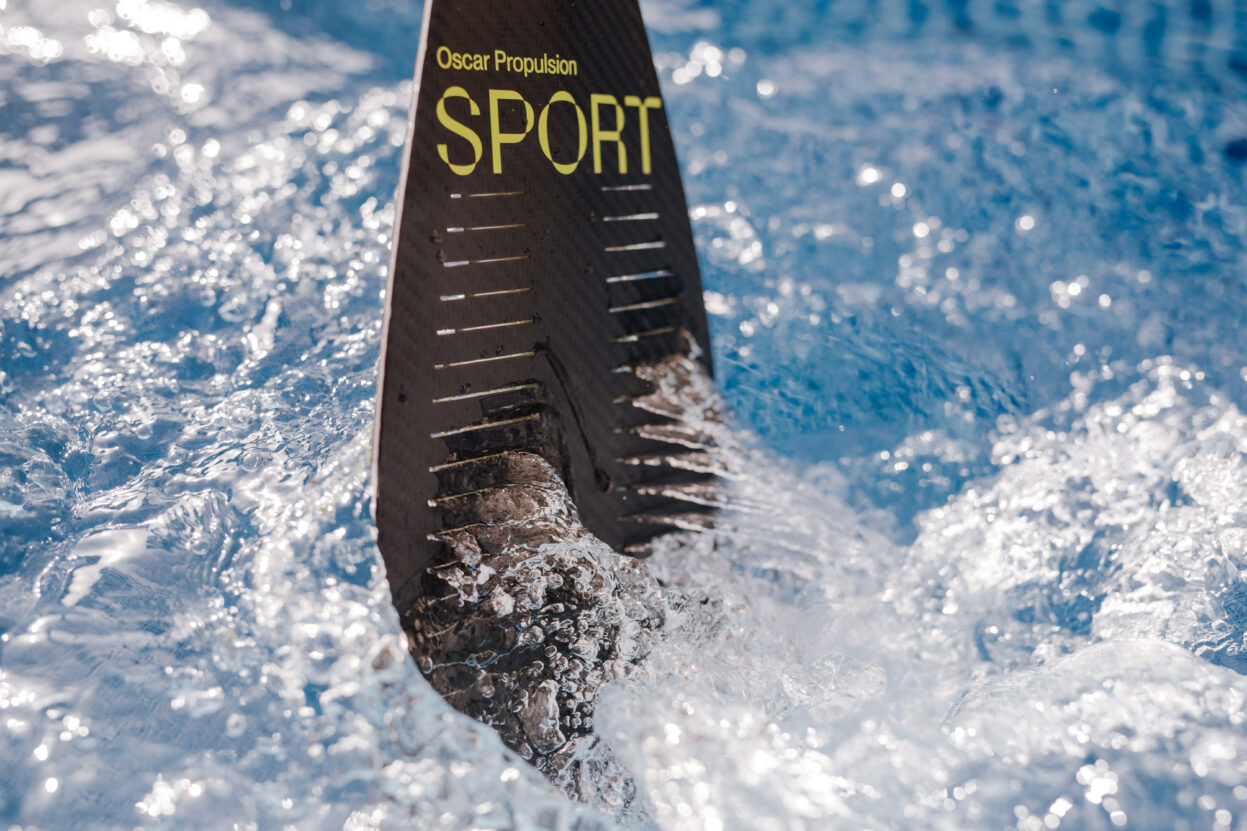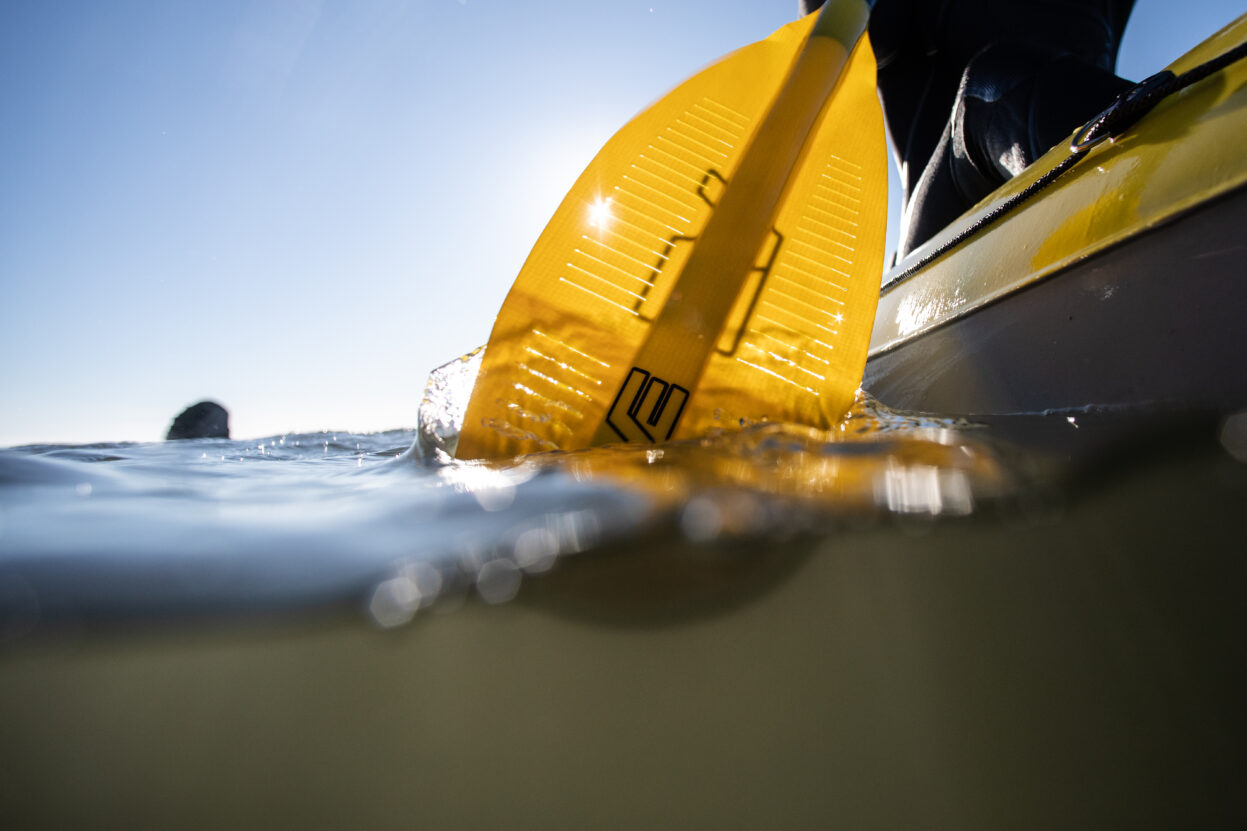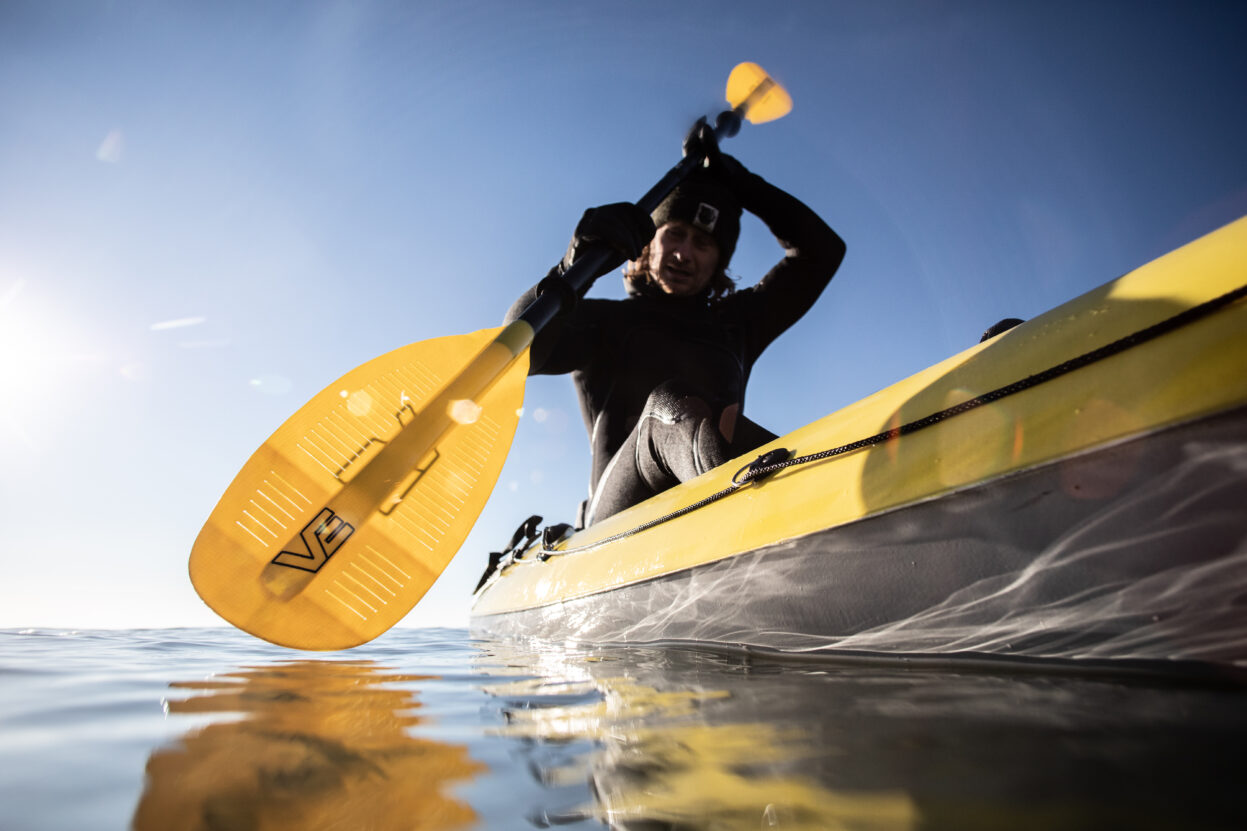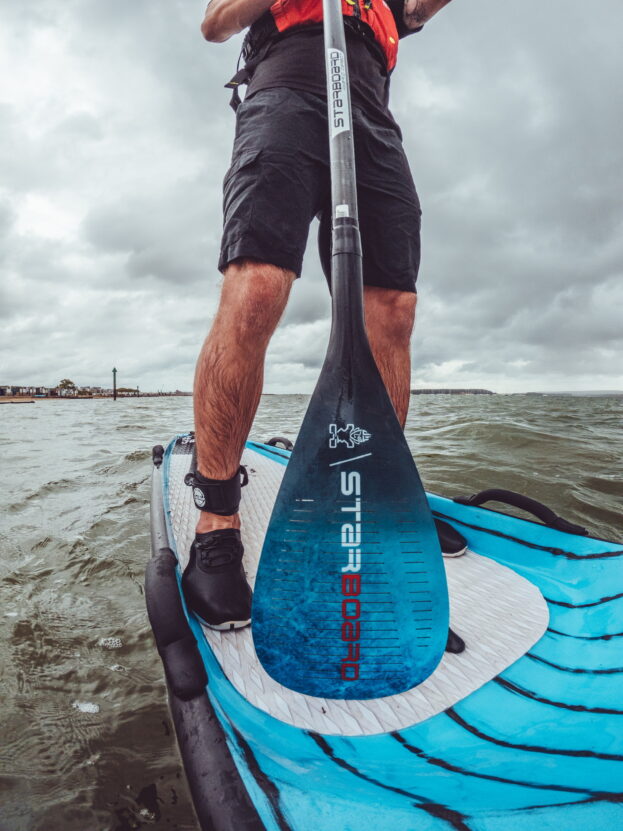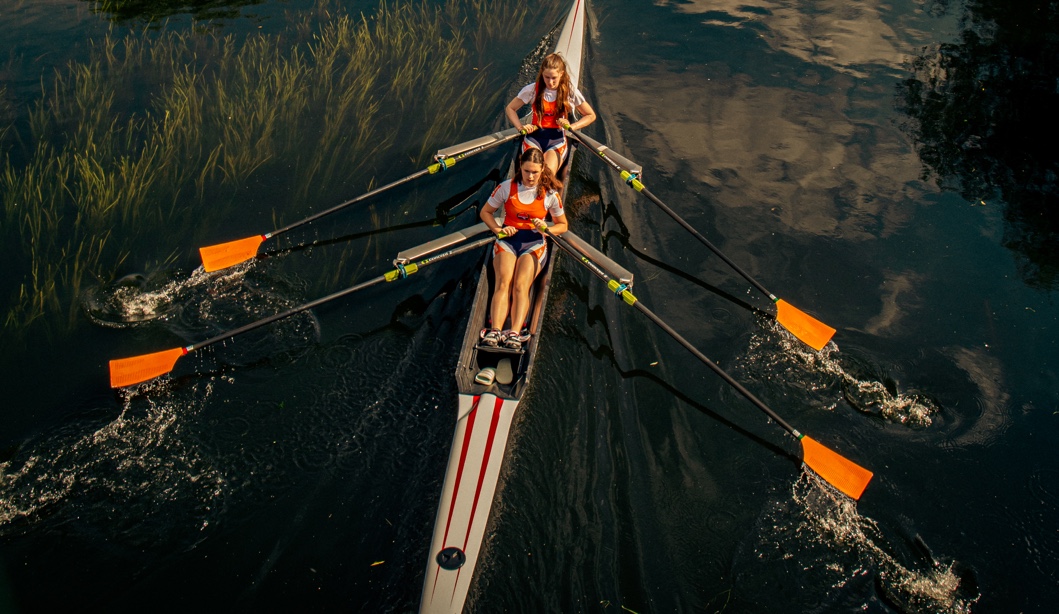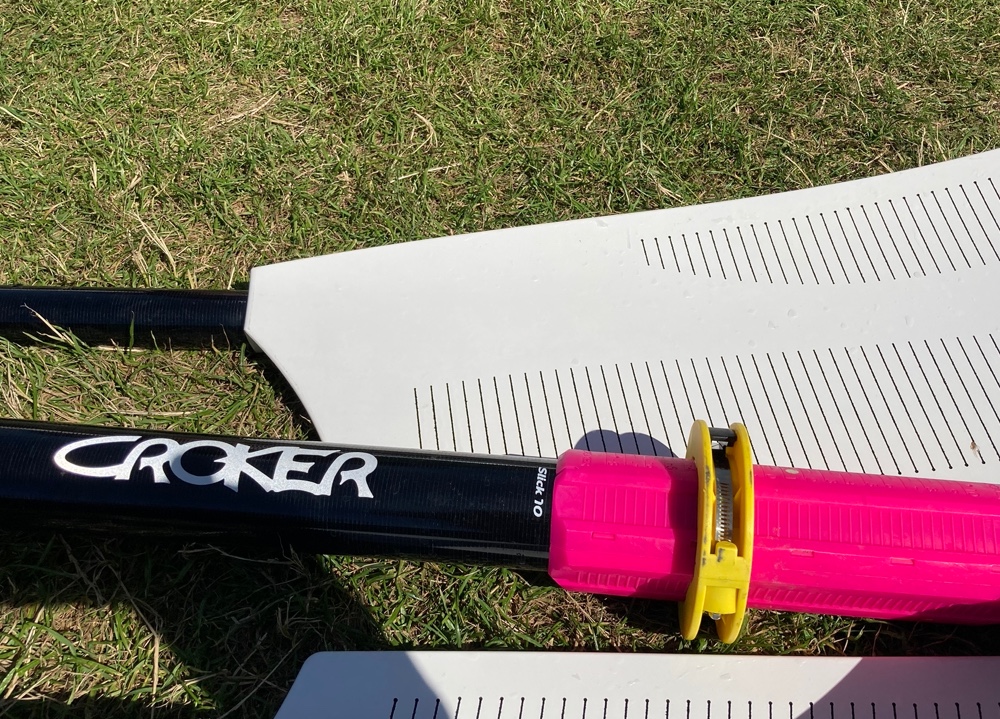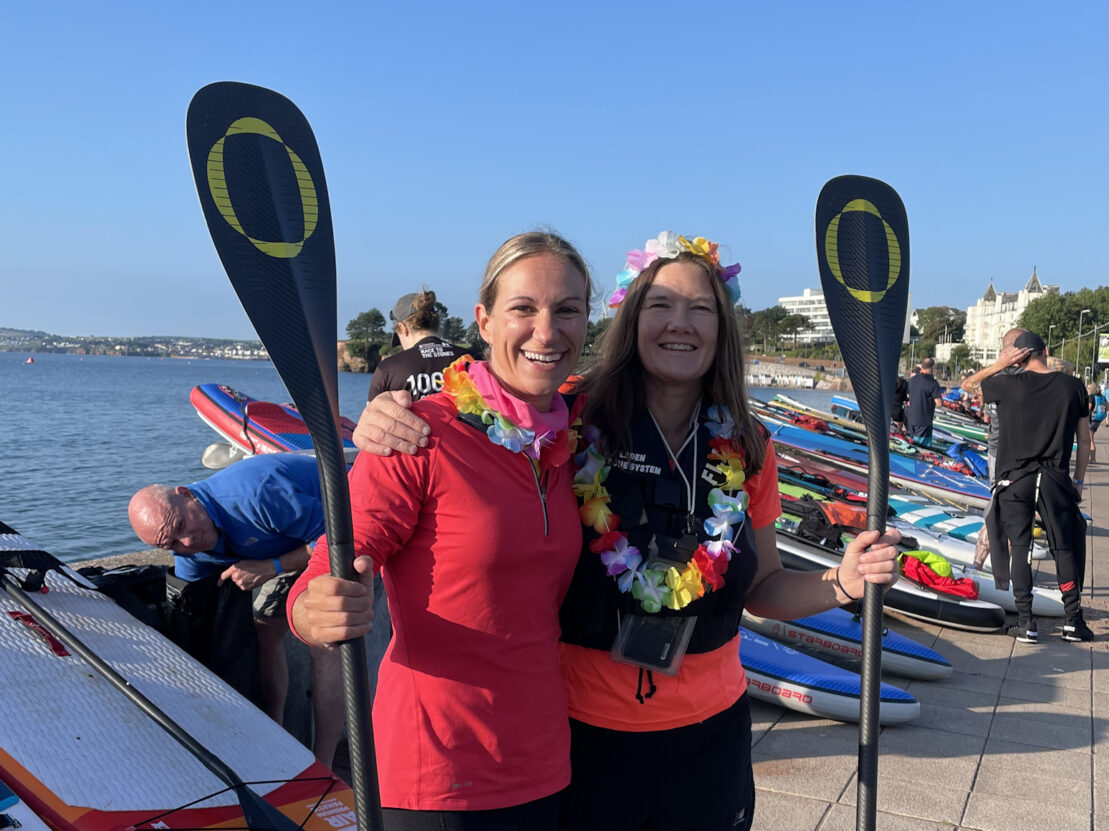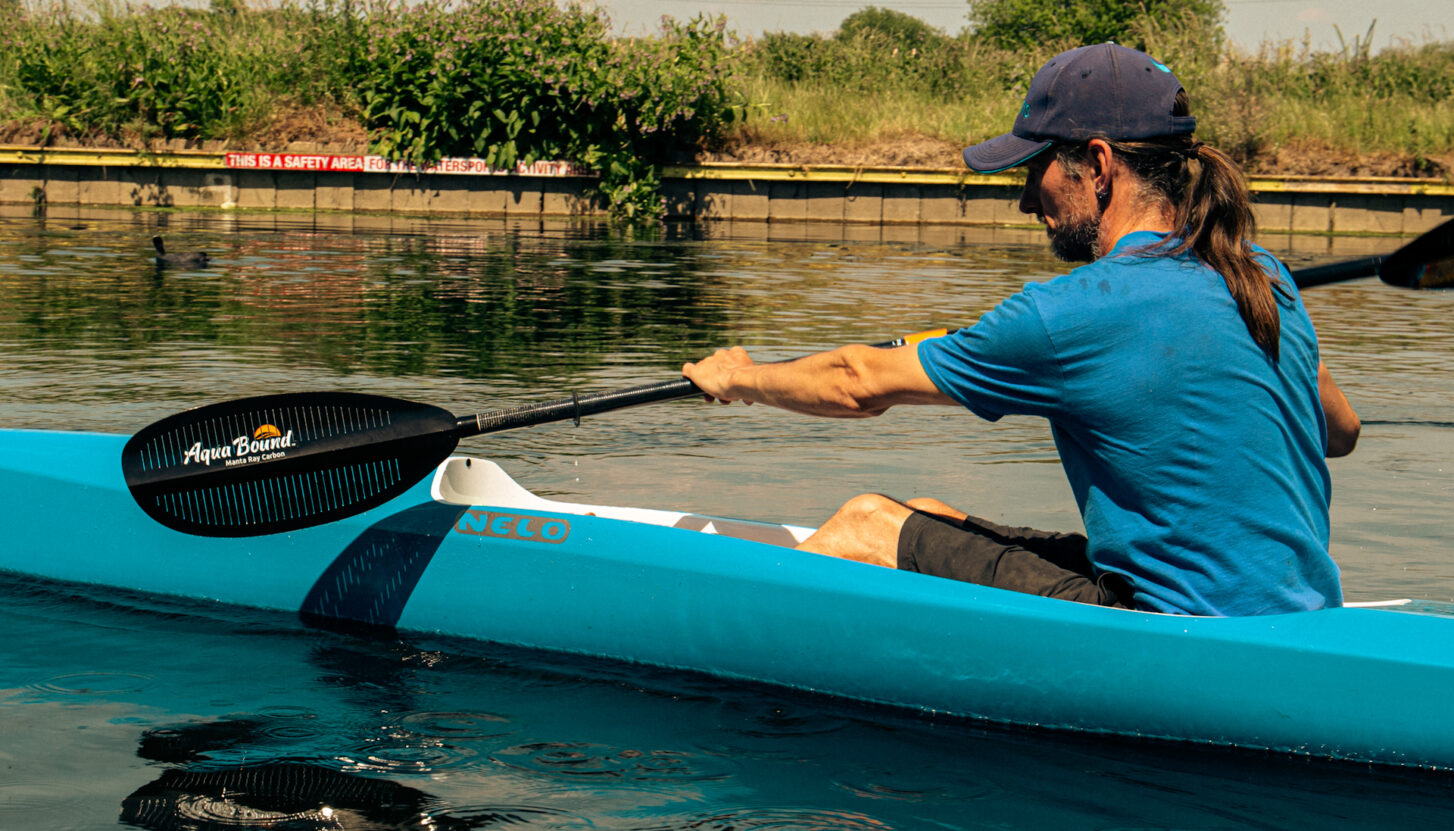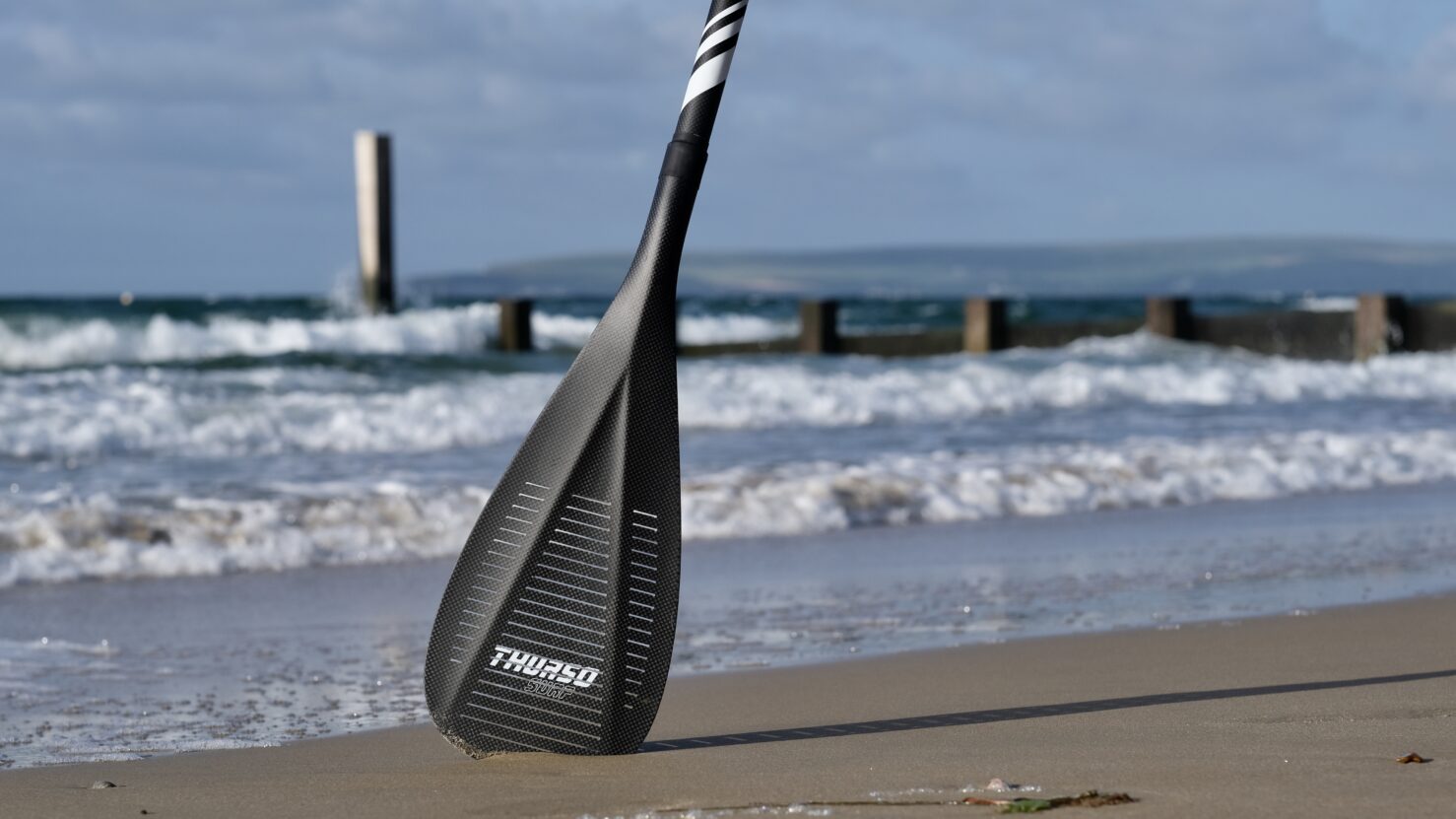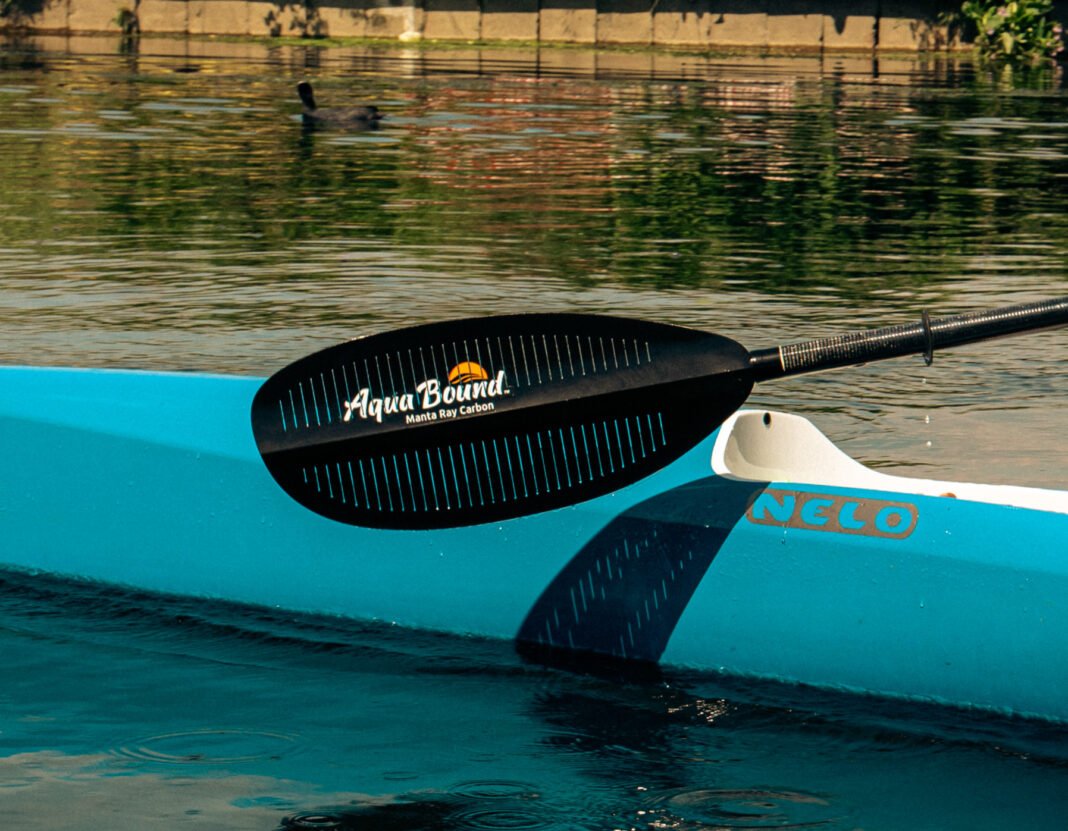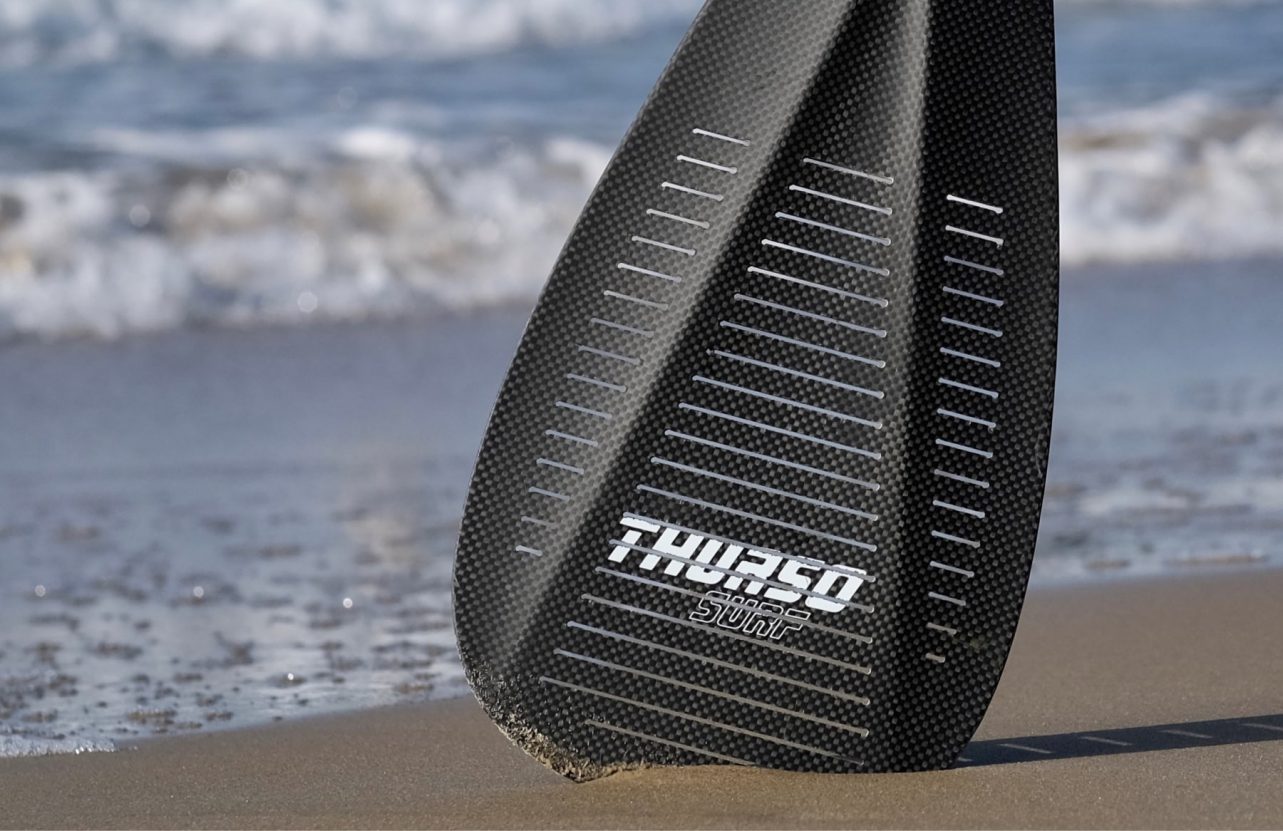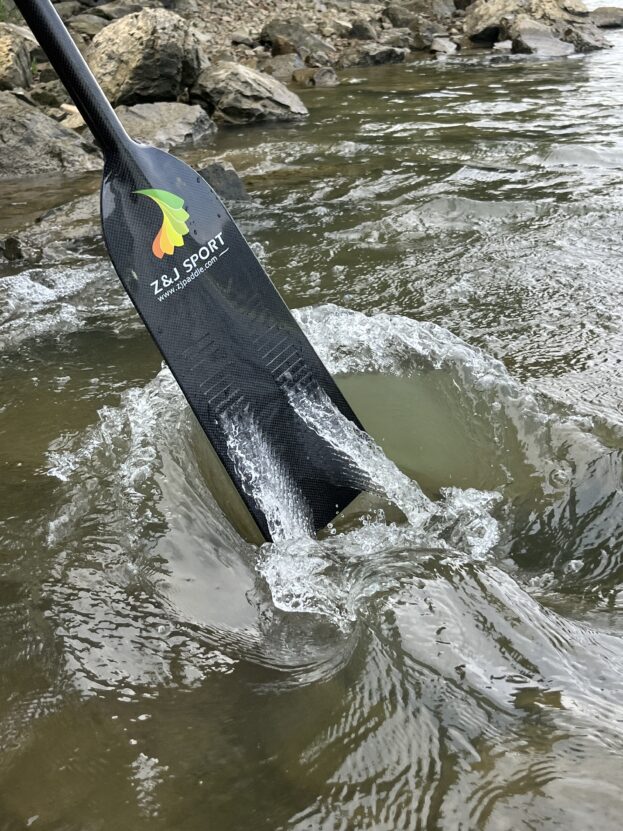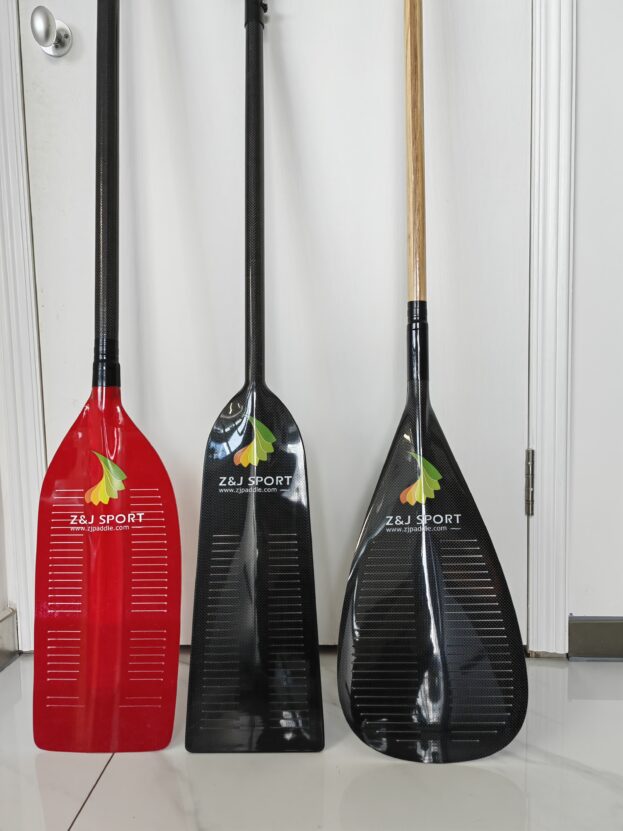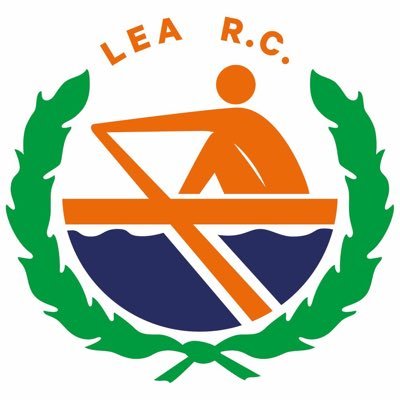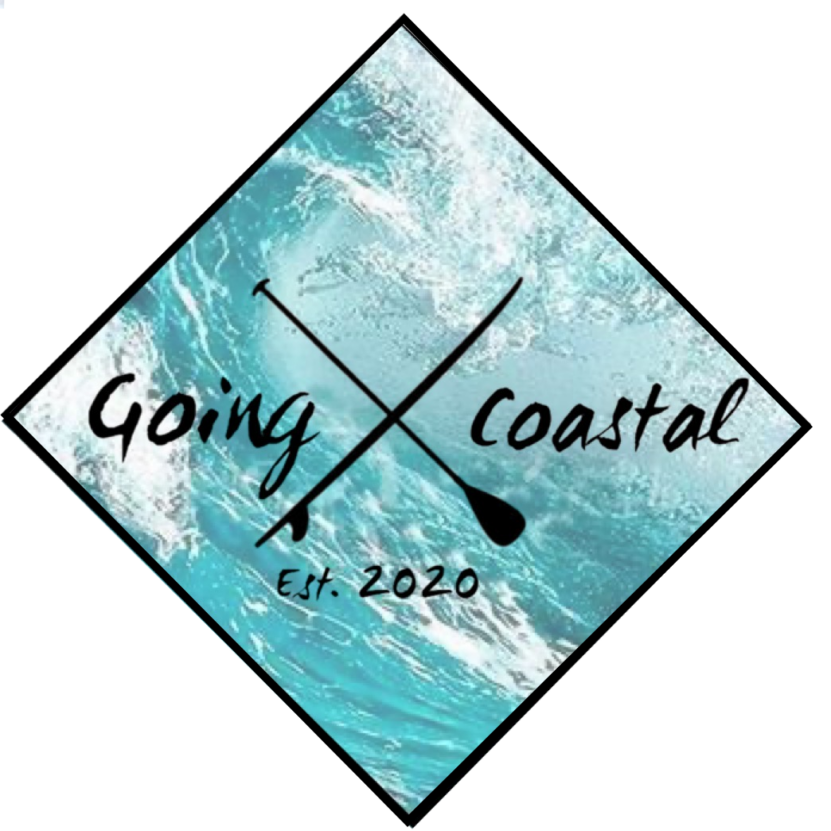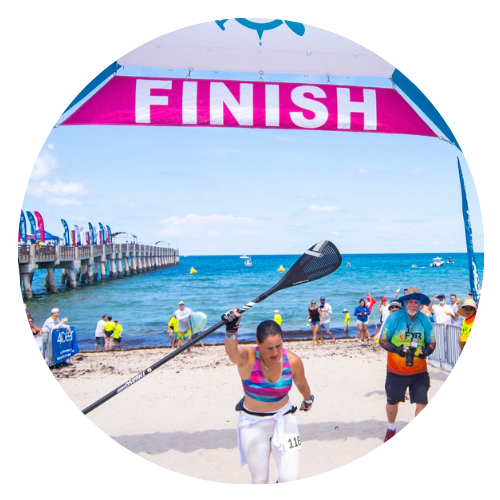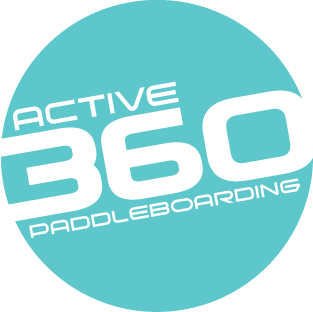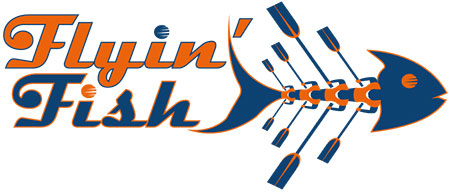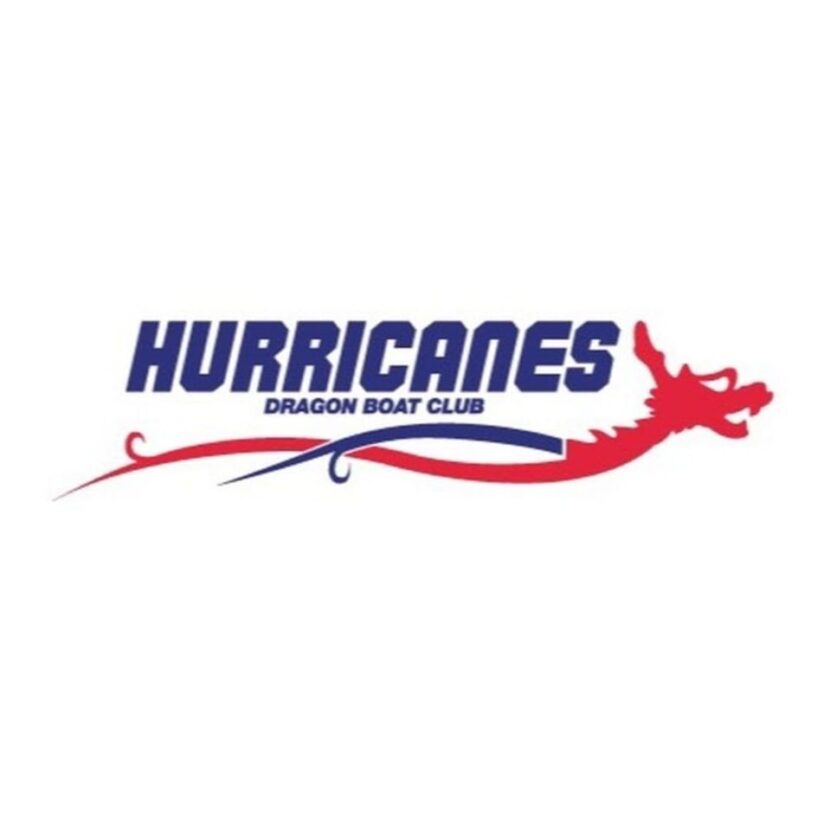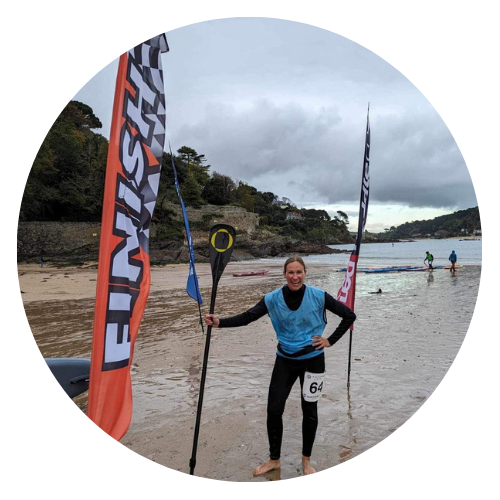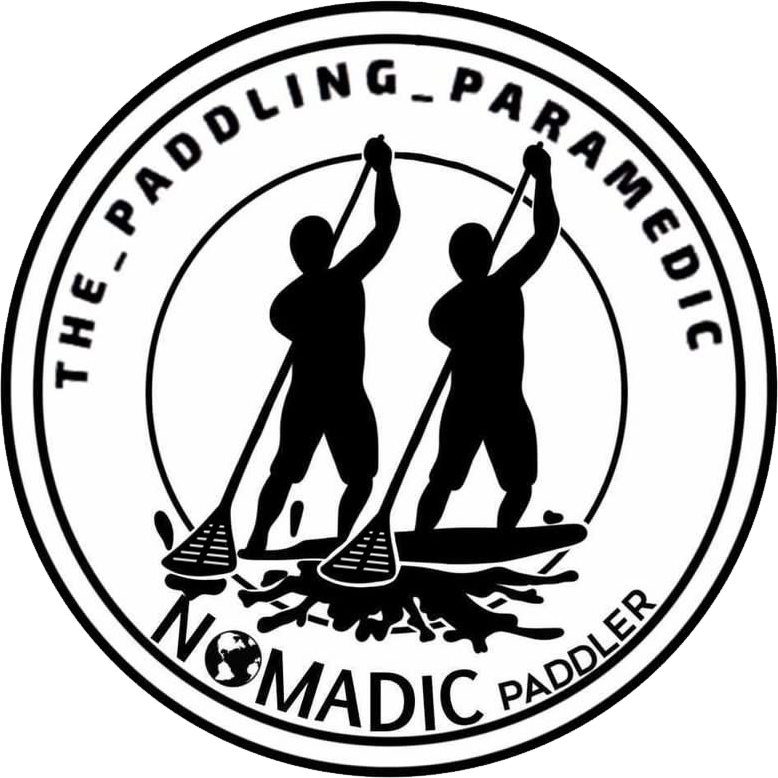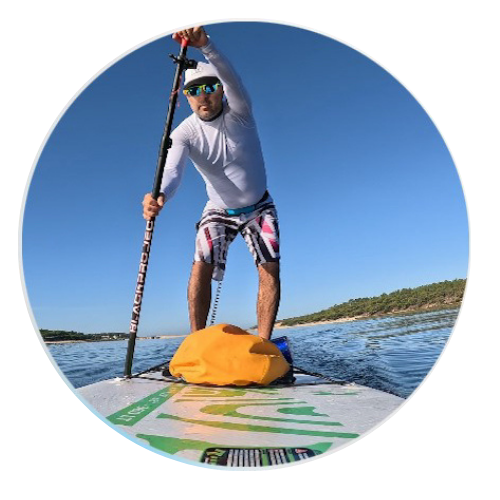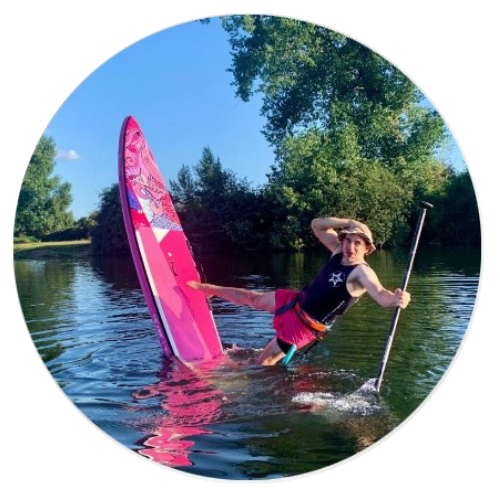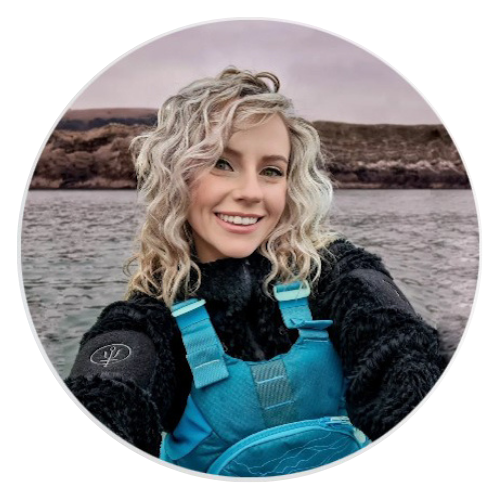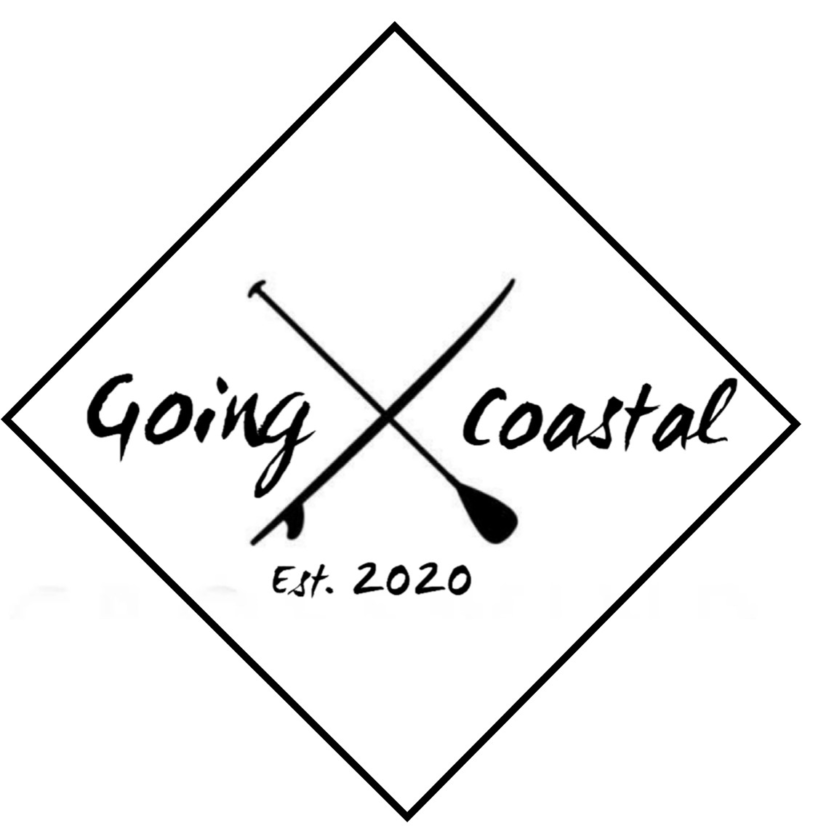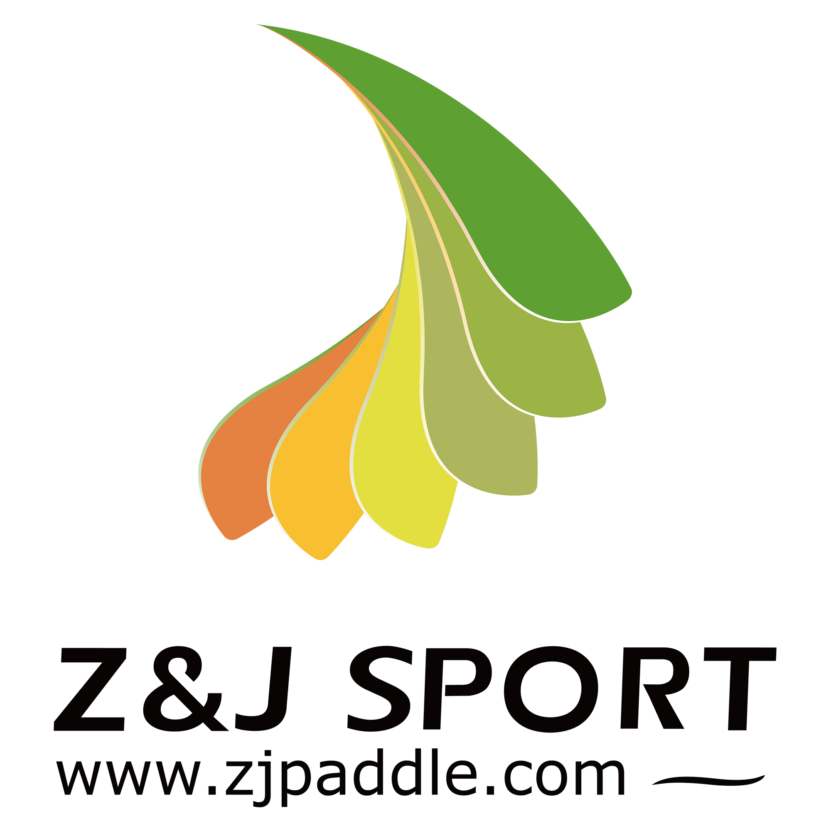Competitive & Recreational
Every blade-based water sport will benefit. Competitive paddlers and rowers will now be able to push themselves harder and for longer with less fear of injury, and thus maximise their performance.
Recreational paddlers will immediately feel a more comfortable and stable stroke enabling longer outings and shorter recovery times.
This technology is especially important to junior users whose bodies are not fully developed, and seniors who wish to row and paddle for many more years.
For the past five years, we have been developing a patented technique and application of putting cuts through the face of rowing and paddle blades, the primary objective being to reduce the physiological impact on the body without the loss of any force or efficiency and to optimised performance.
Our results are revolutionary
PERFORMANCE
No loss of performance or power from the blade
Less physiological stress, enabling maximum performance
CATCH
Softer lock on
More stable lock on
More secure lock on
DRIVE PHASE
Good acceleration
Easier to keep the blade locked on through to the finish
Longer stroke
EXIT
Cleaner exit
PHYSIOLOGICAL
Stroke feels lighter
Progressive power curve
No back pain
Slits can be applied to Dragon Boat and Outrigger paddles with the same positive results.
For the past five years, we have been developing a patented technique and application of putting cuts through the face of rowing and paddle blades, the primary objective being to reduce the physiological impact on the body without the loss of any force or efficiency. Our cuts create a softer and smoother catch, enhanced stability, better grip and more control.
Our results are amazing
PHYSIOLOGICAL
Stroke feels lighter
No shoulder or back pain
PERFORMANCE
No loss of performance or power from the blade
Less physiological stress, enabling maximum enjoyment and shorter recovery time
CATCH
Softer
More stable
More secure
DRIVE PHASE
More comfortable
More stable
Start using Oscar’s Blade Technology Today
Paddle manafacturers - Licence our technology now!
Learn how you can licence our technology to incorporate in your products.
Rowers, Para-Rowers and Ocean Rowers?
Where to buy cut blades for all rowing classes.
Paddlers - SUP, Kayak, Canoe, Dragon Boat, OC?
Where to buy cut paddles for all sports.
